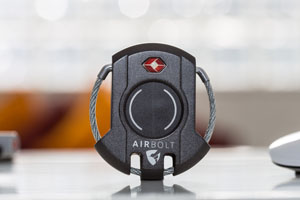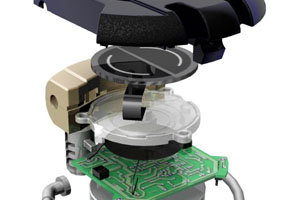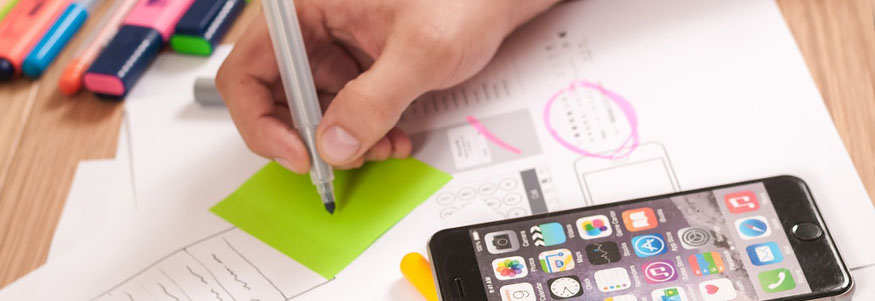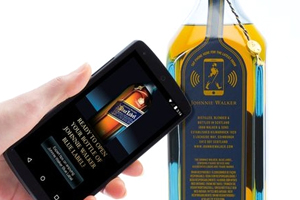Product Design and Smart TechnologySmart technologies are starting to get added to every sort of product imaginable – from our well known smart phones and watches, to lesser known applications such as tennis racquets and whiskey bottles. Here at Bayly, we’ve been thinking about them a lot recently, having just worked on The AirBolt. As we approach the possibility of our homes, factories and offices being filled with a network of products that all work together, as product designers, we are faced with how we can adopt these technologies, and use them to better our businesses and products. What are smart technologies?First we have to understand what makes this technology “smart”. There are three core components that make up a smart technology. First and foremost is a smart component. This can be a sensor or processor, a kind of data storage, or other software. This is embedded in the product, and can usually be accessed through a simple user interface, or app. Second is a connectivity component. Smart technologies are able to be connected to networks or other devices, usually through wireless communication. This allows them to be controlled remotely, or send information to other products that they work with. The final part is a physical component. This is the electrical part of the product, that provides power for the smart technology to work. Designs often have to be reworked to fit these pieces in, and often need new materials to be introduced to the product.
The Rise of the Smart Product EconomyWhat makes a smart product smart isn’t too difficult to get a grasp on, but it’s much harder to see how they will be shaping the industry as they become more and more popular. Cognizant’s Center for the Future of Work, in collaboration with The Economist surveyed over 200 professionals in the product design industry about their thoughts on smart products. The survey showed that most think the big areas of smart development will be in industrial equipment, packaging, and home devices. While people suggested industrial smart devices would predict failure and respond to unexpected changes, home devices seem to be more focused on a network of products that respond to each other and change as are needed. Things like security systems, lighting, and entertainment devices that automatically adjust based on patterns or set limitations, or even appliances that automatically detect when food is cooked, or spoiled. The survey also showed that the majority of professionals are interested in smart technologies as a way to introduce completely new products to the market, and to create a direct relationship with customers. Interestingly, the lowest percentage of responders considered improving the customer’s experience to be a high priority. Similarly, those surveyed mostly wanted to use data collected by smart devices to automate customer service, while the fewest wanted to improve customer service. What does this mean for you?
You can read “The Rise of the Smart Product Economy” online here. If you’re interested in discussing the potential smart technologies have for your product, or want to talk about setting up a trial to collect some data, please contact our Product Design team in Melbourne on +613 9413 9000 or email Mark at This email address is being protected from spambots. You need JavaScript enabled to view it..
|

 Exploded view of the AirBolts internal Components
The Johnny Walker Smart Bottle
|
+61 3 9413 9000


